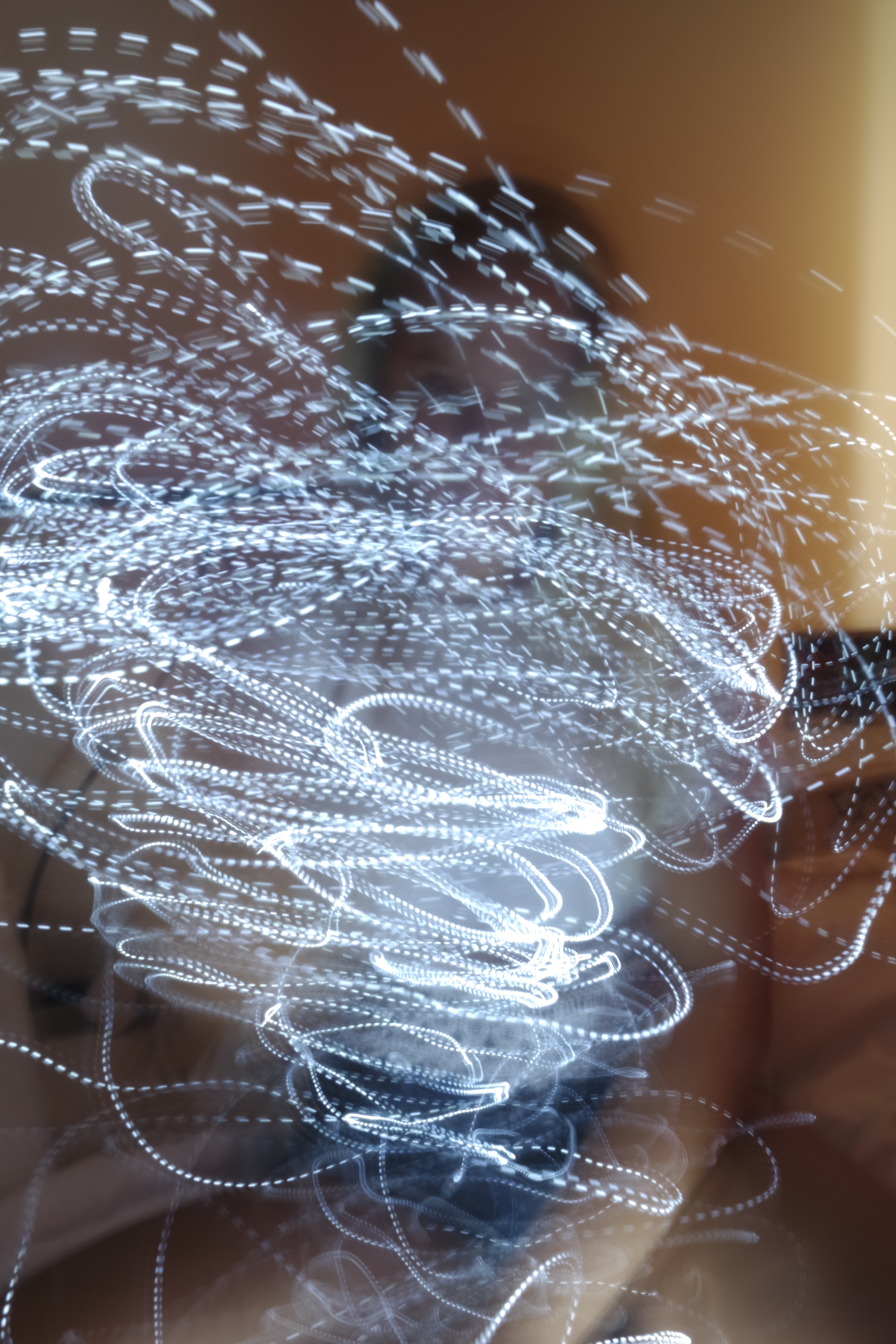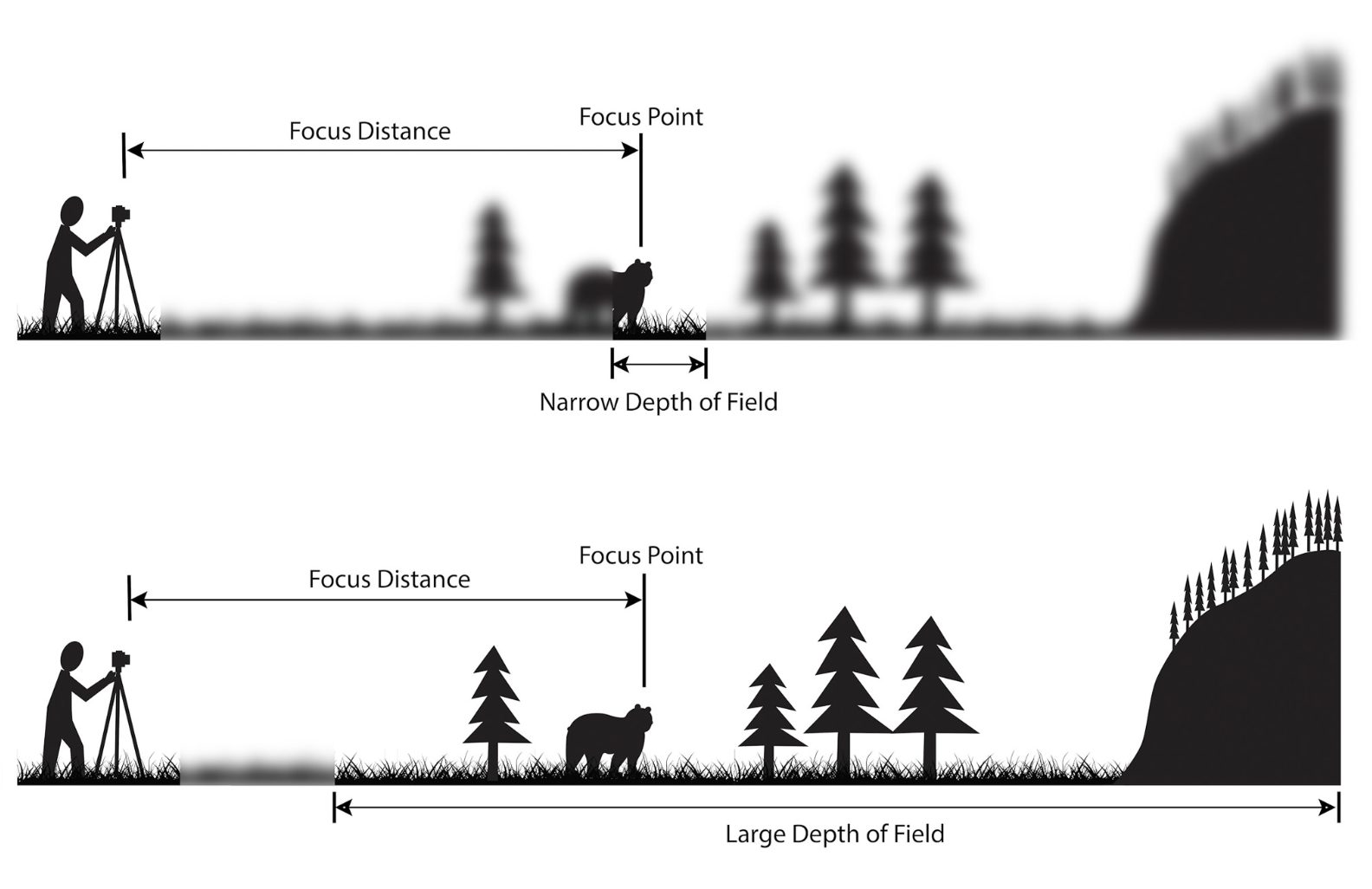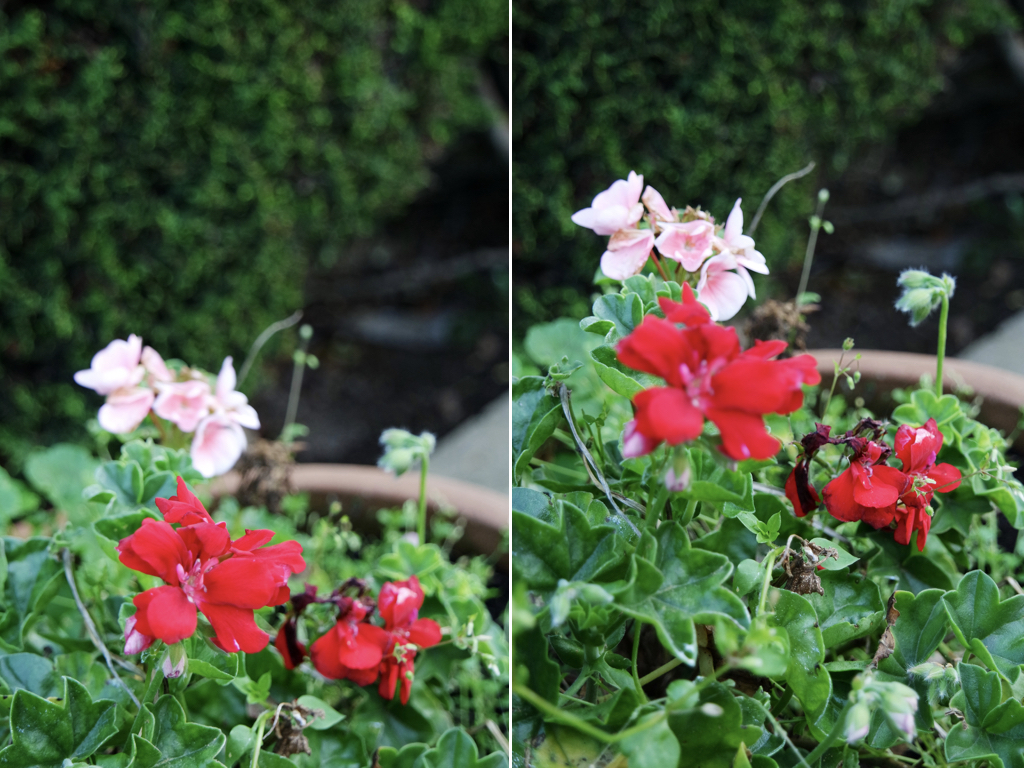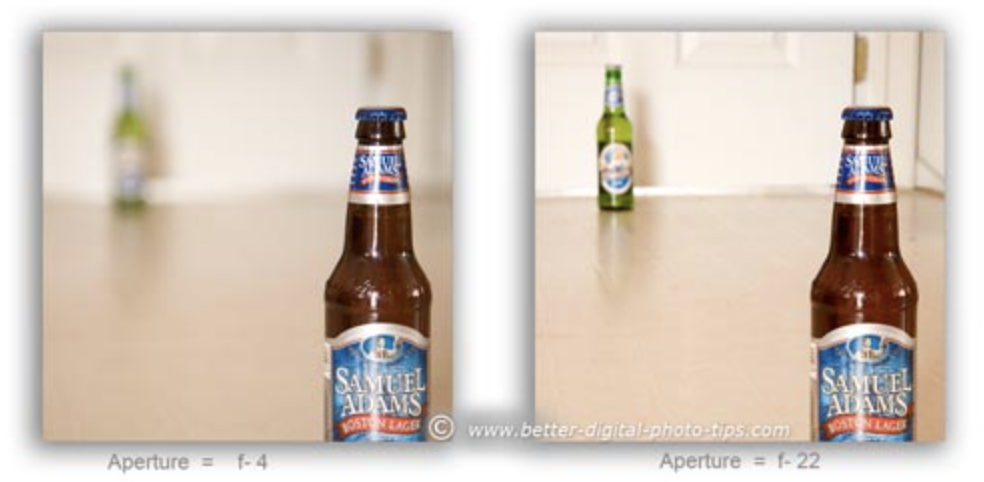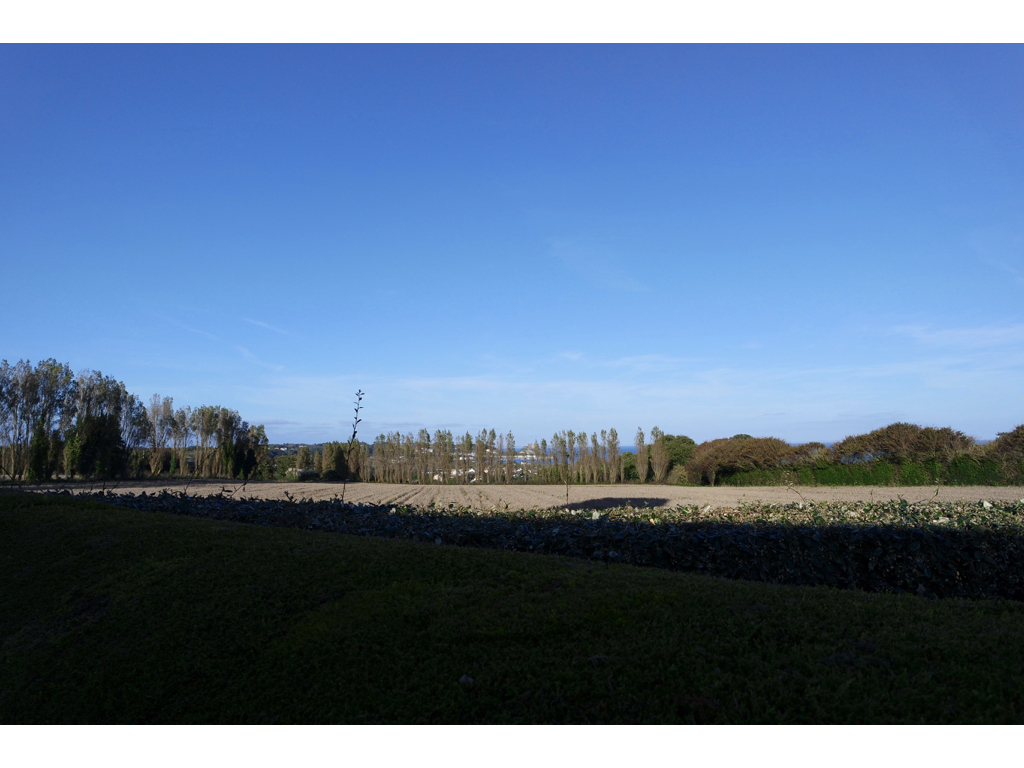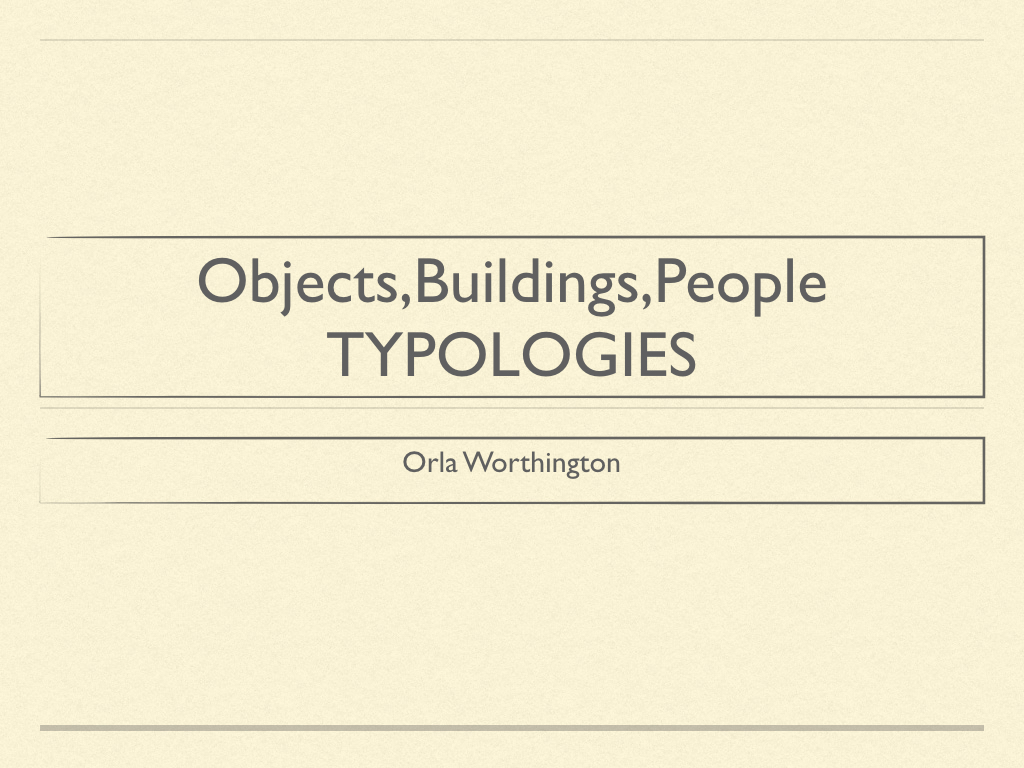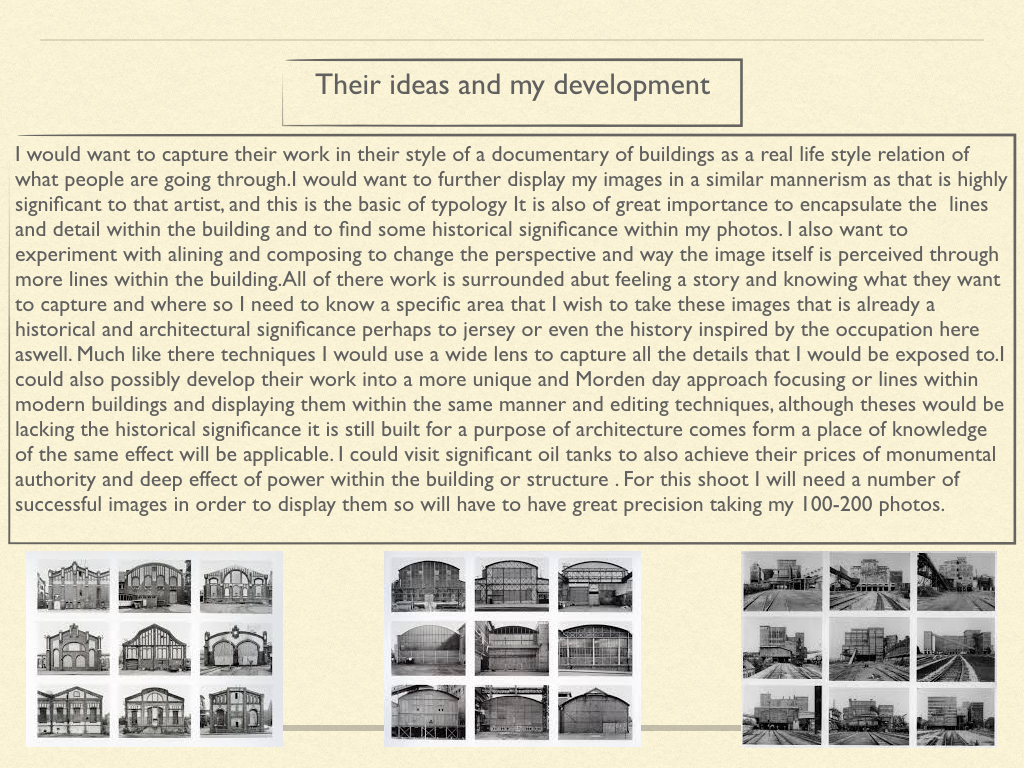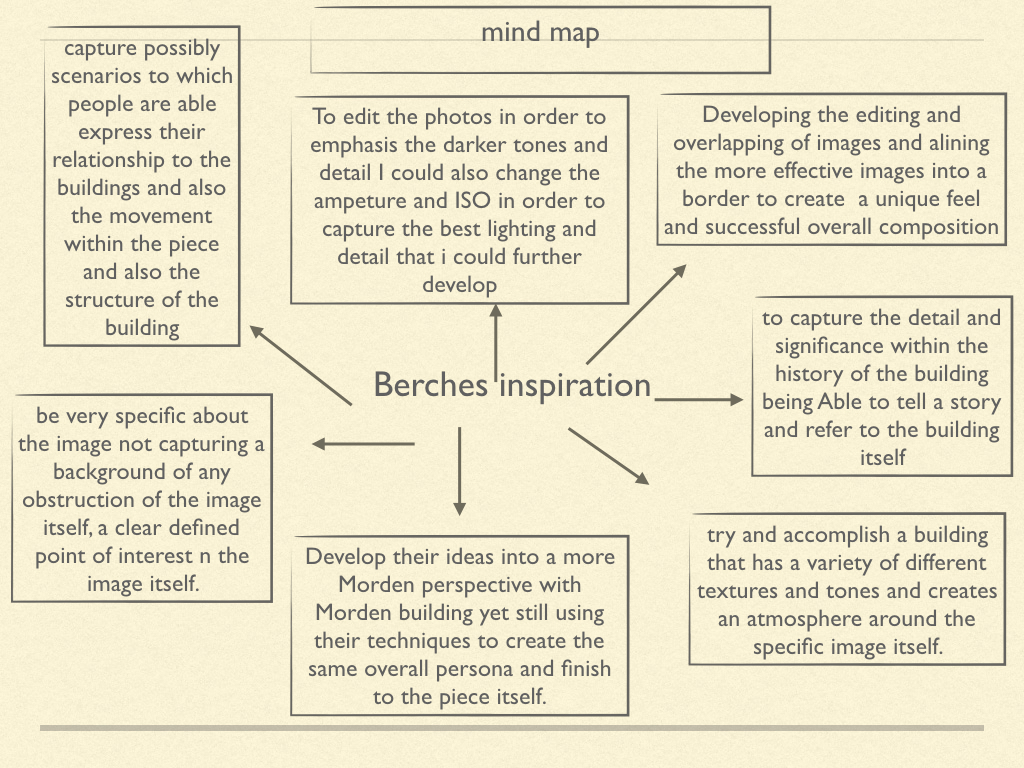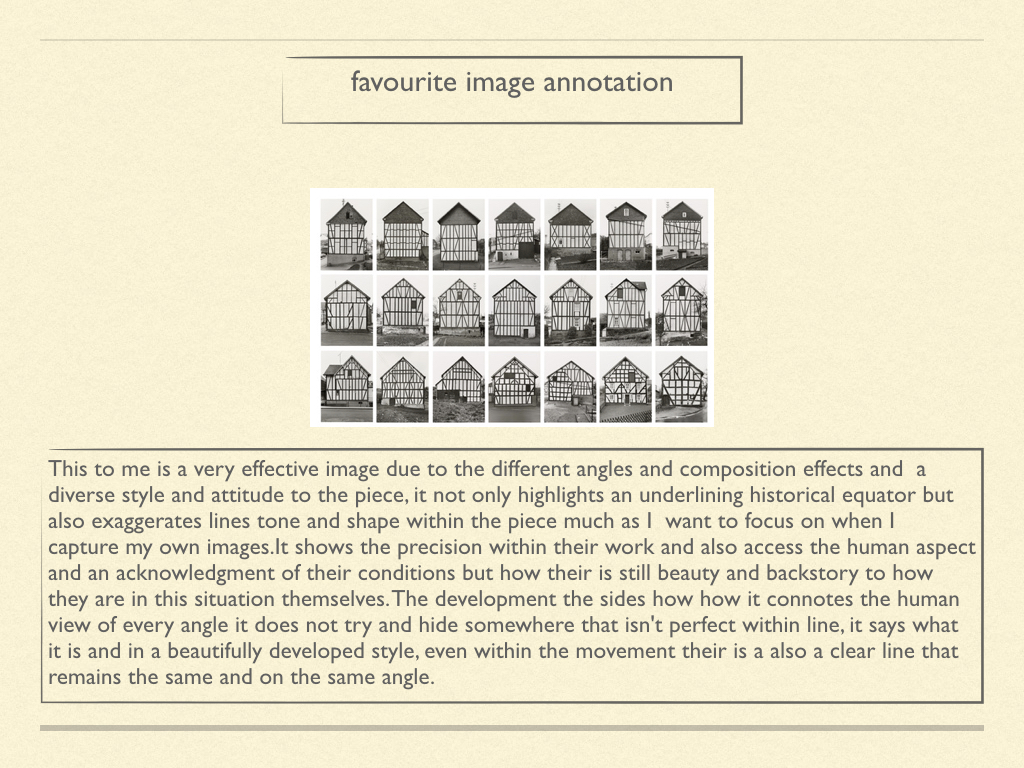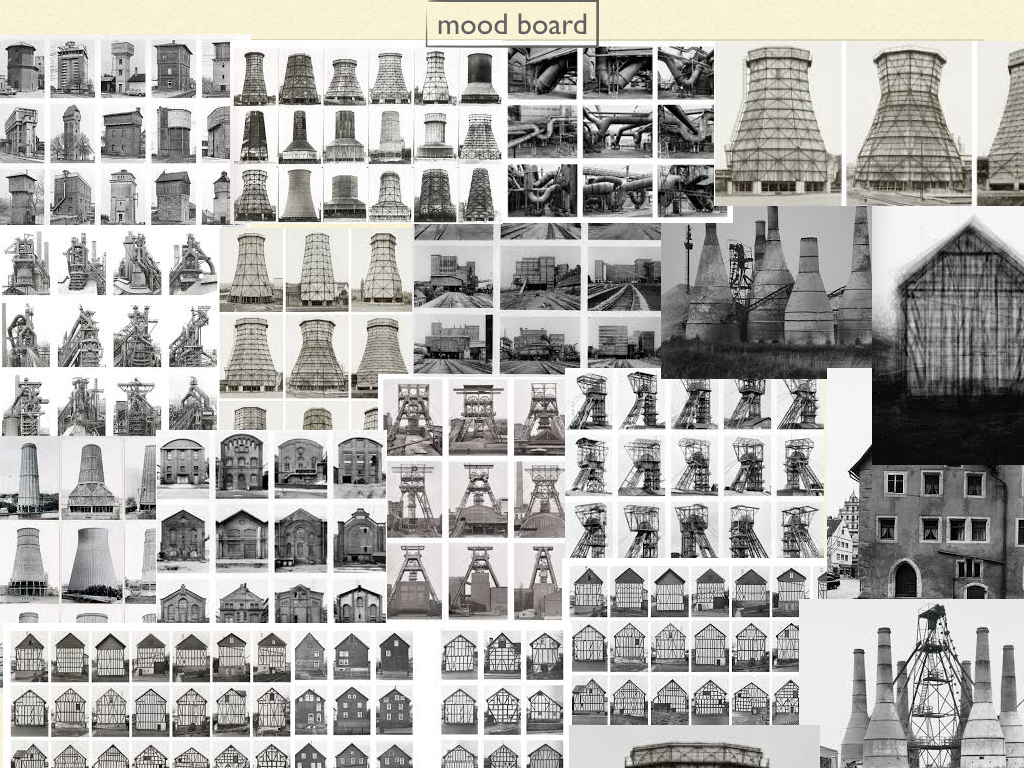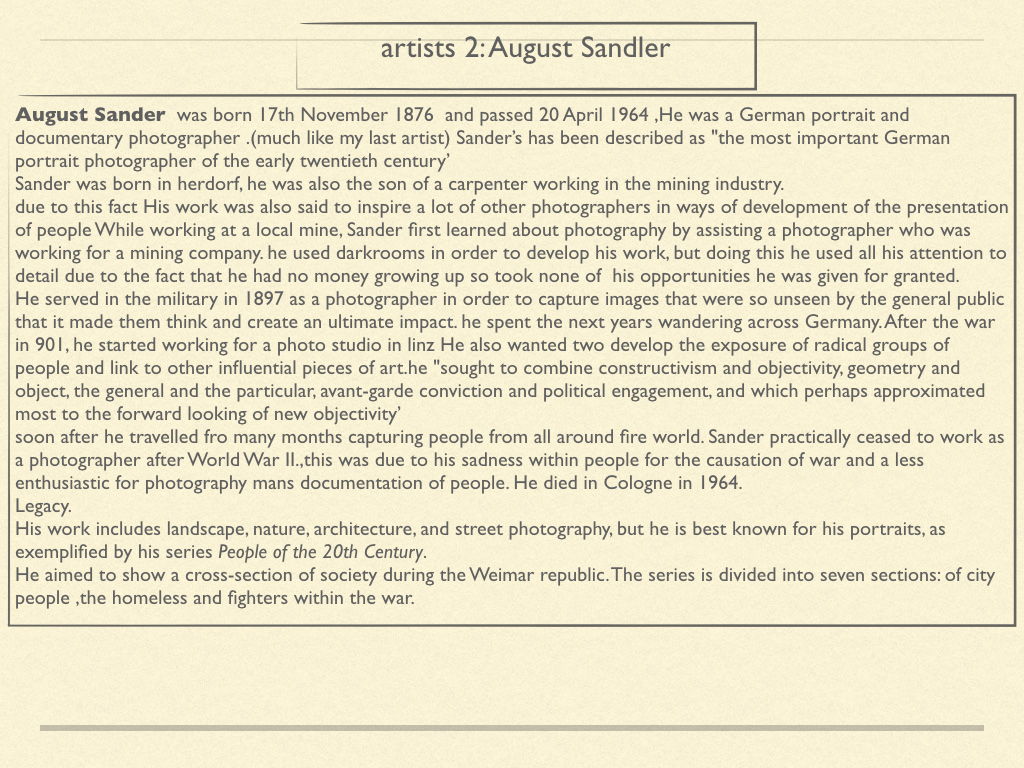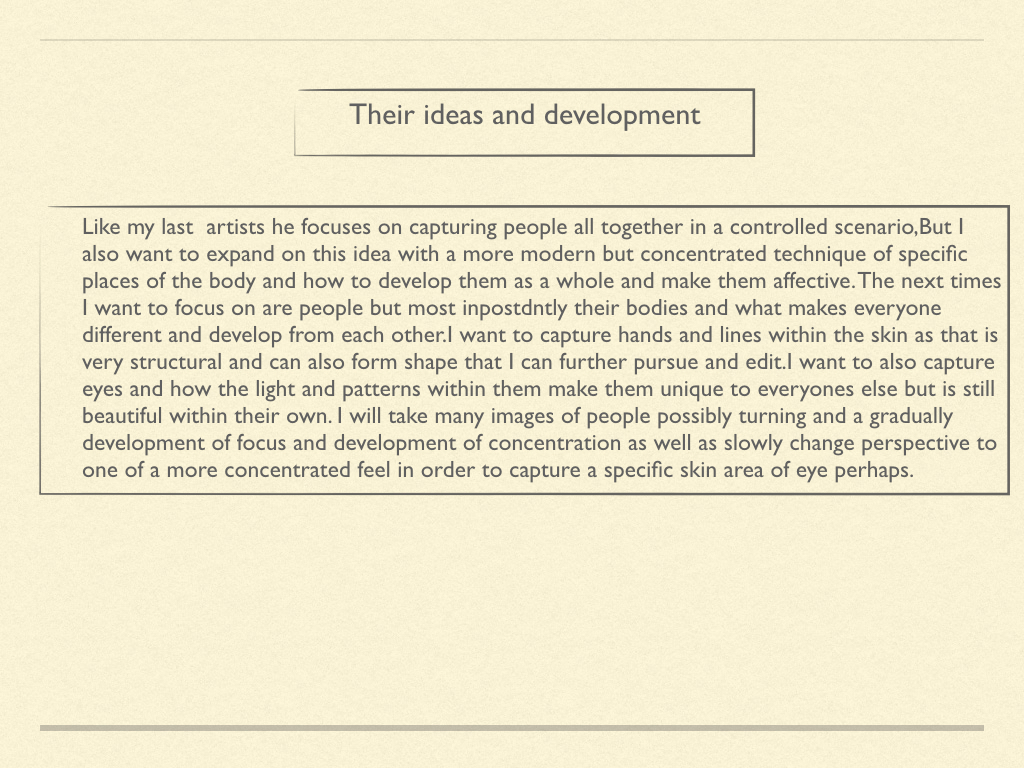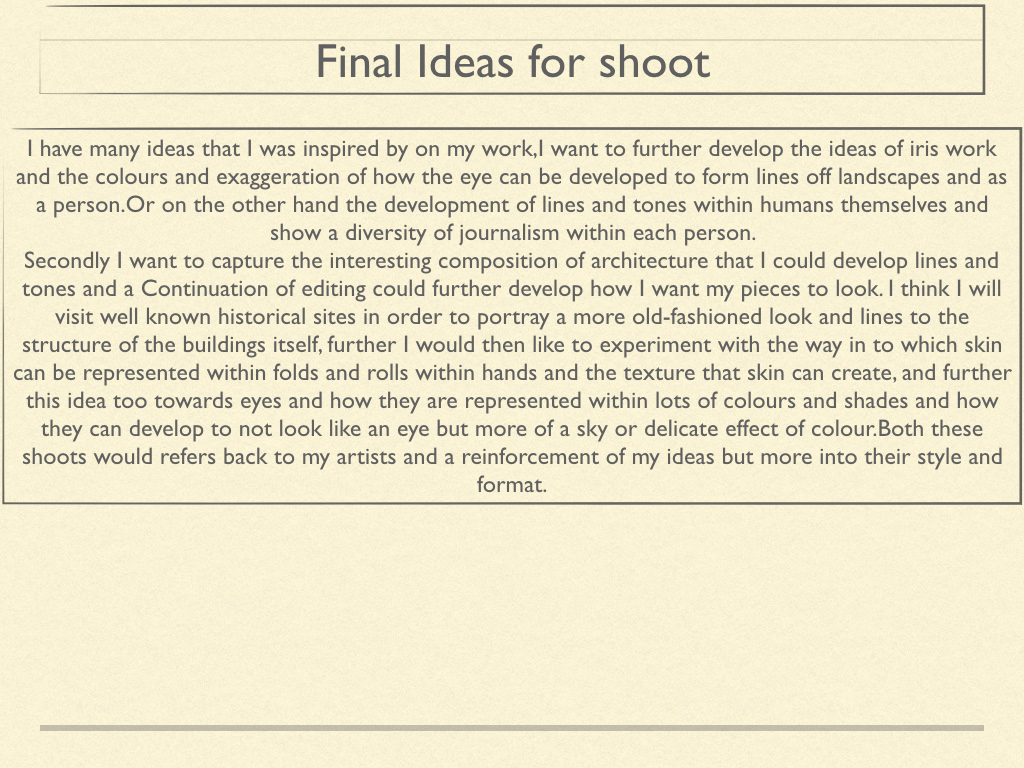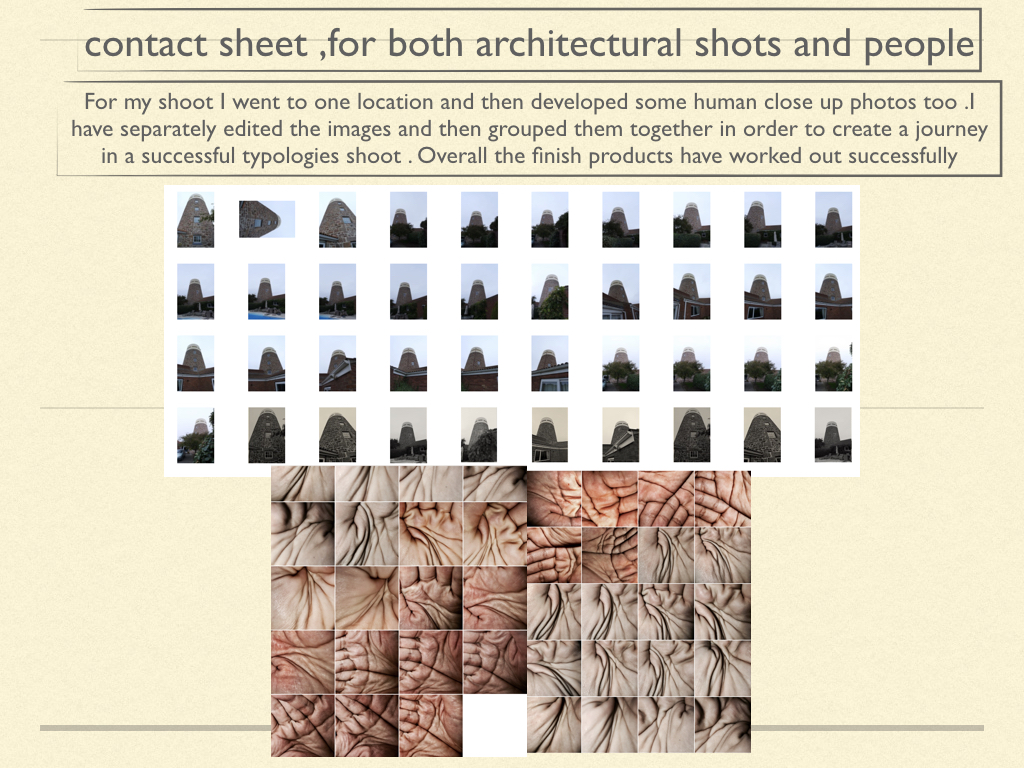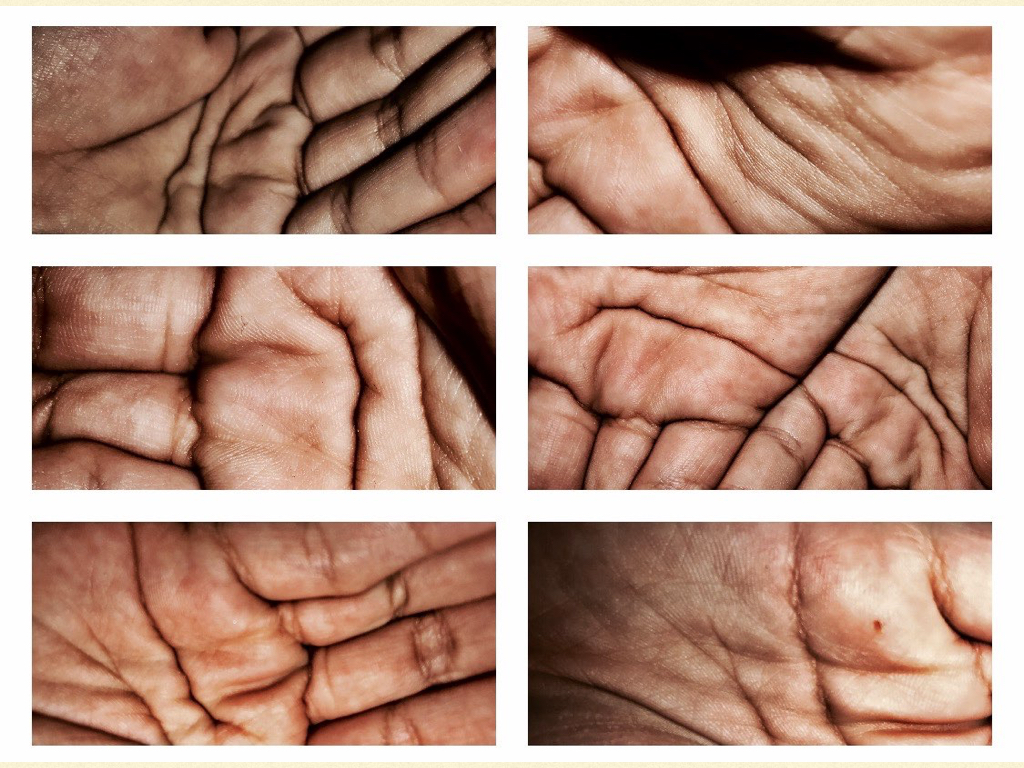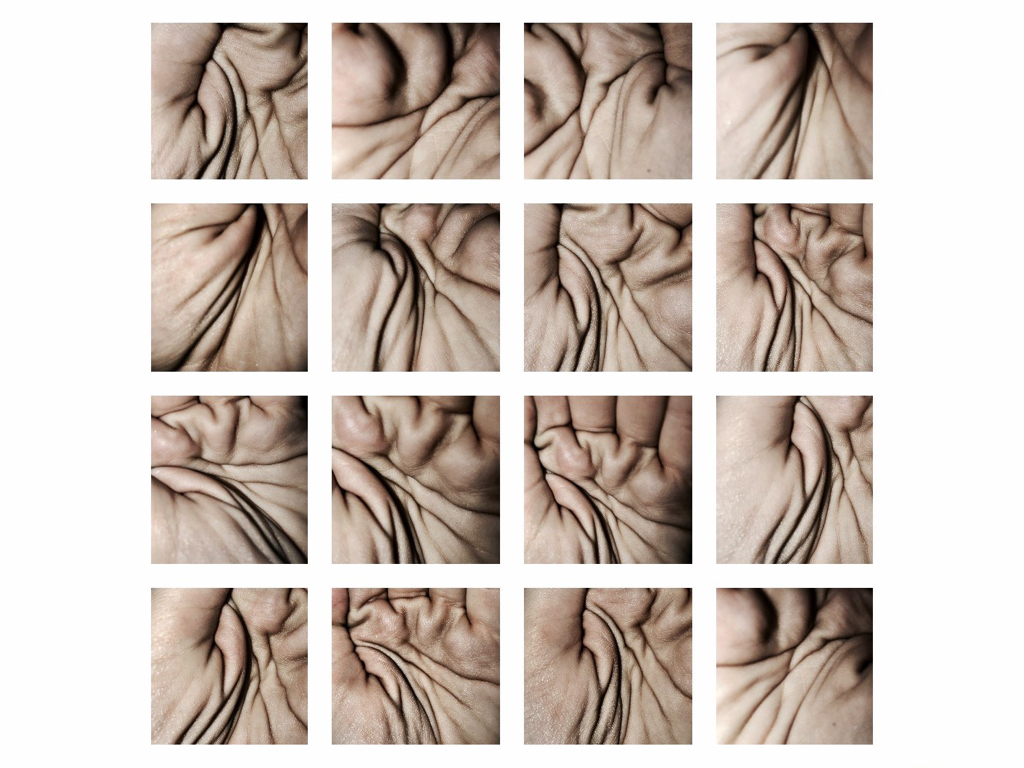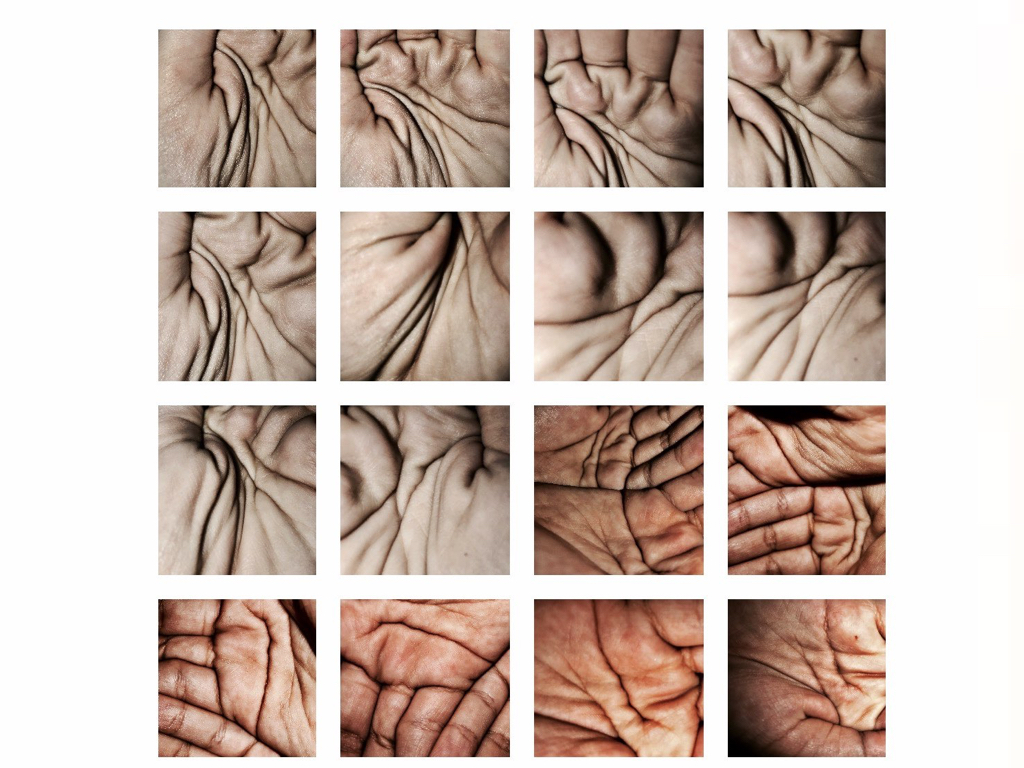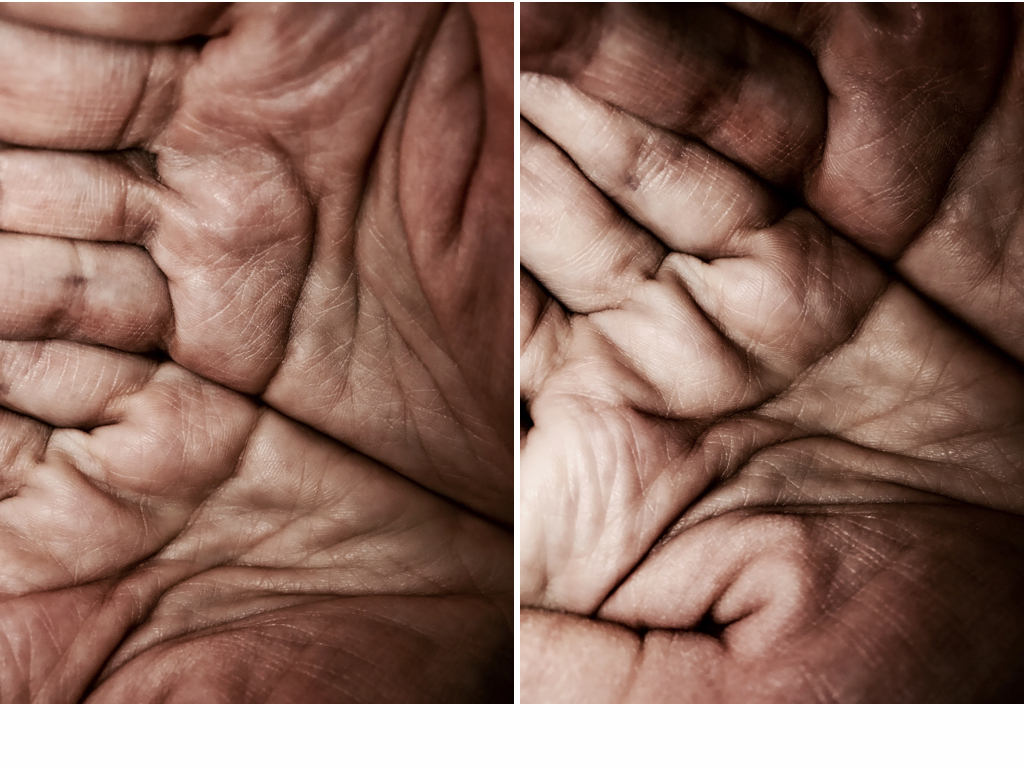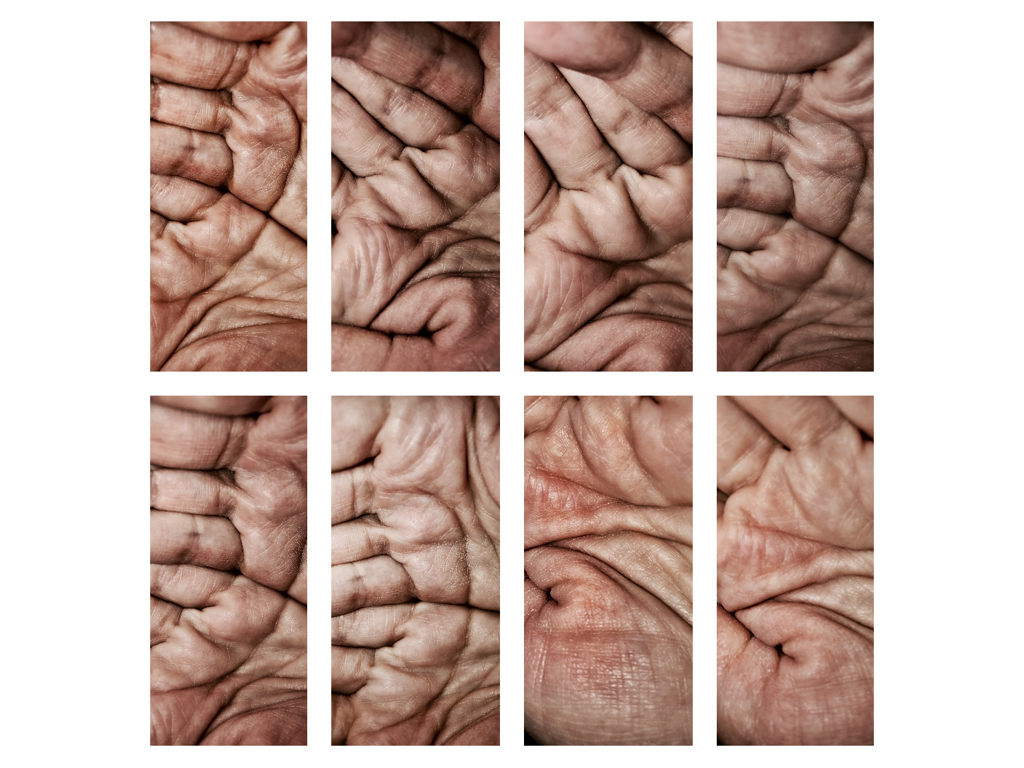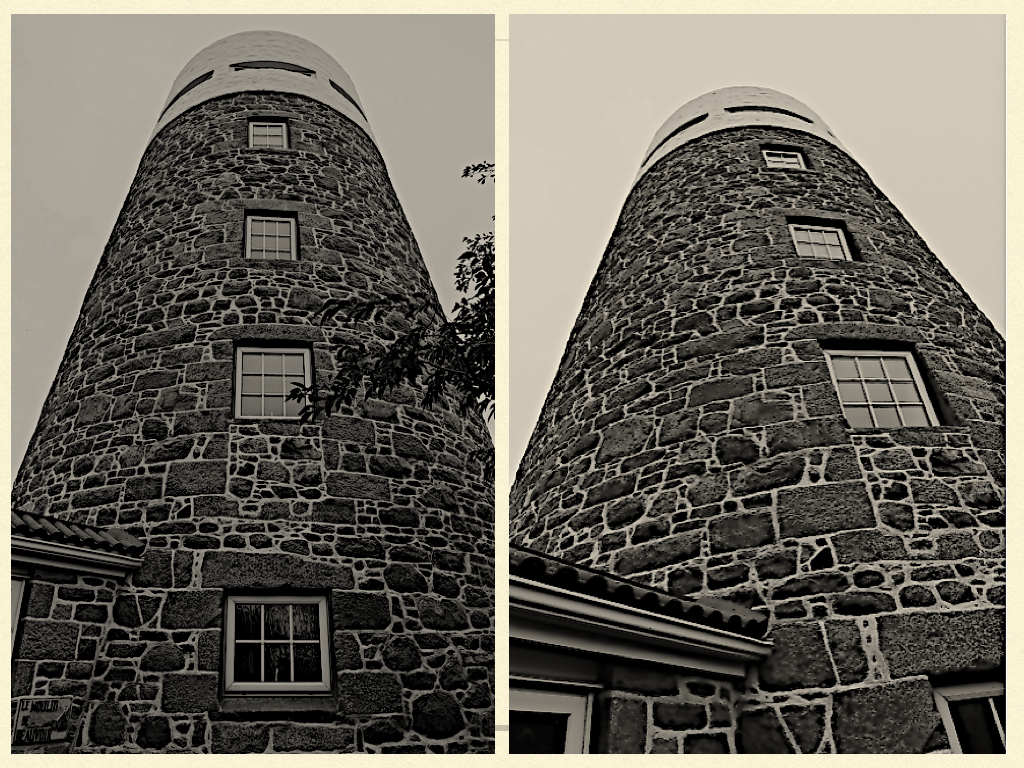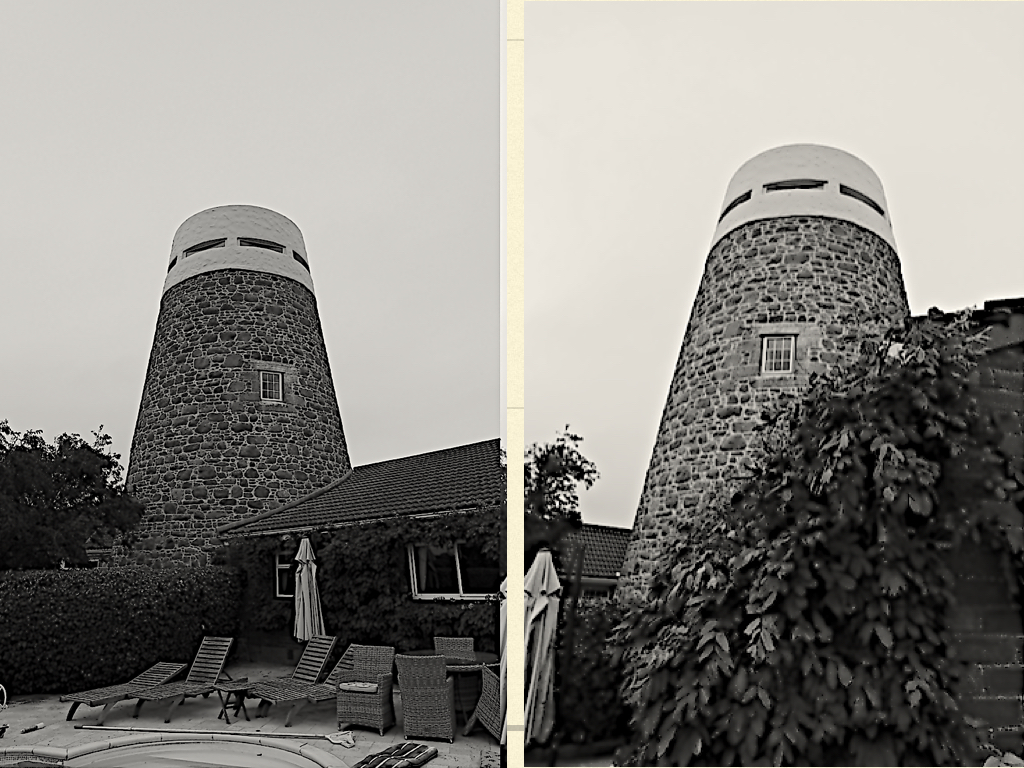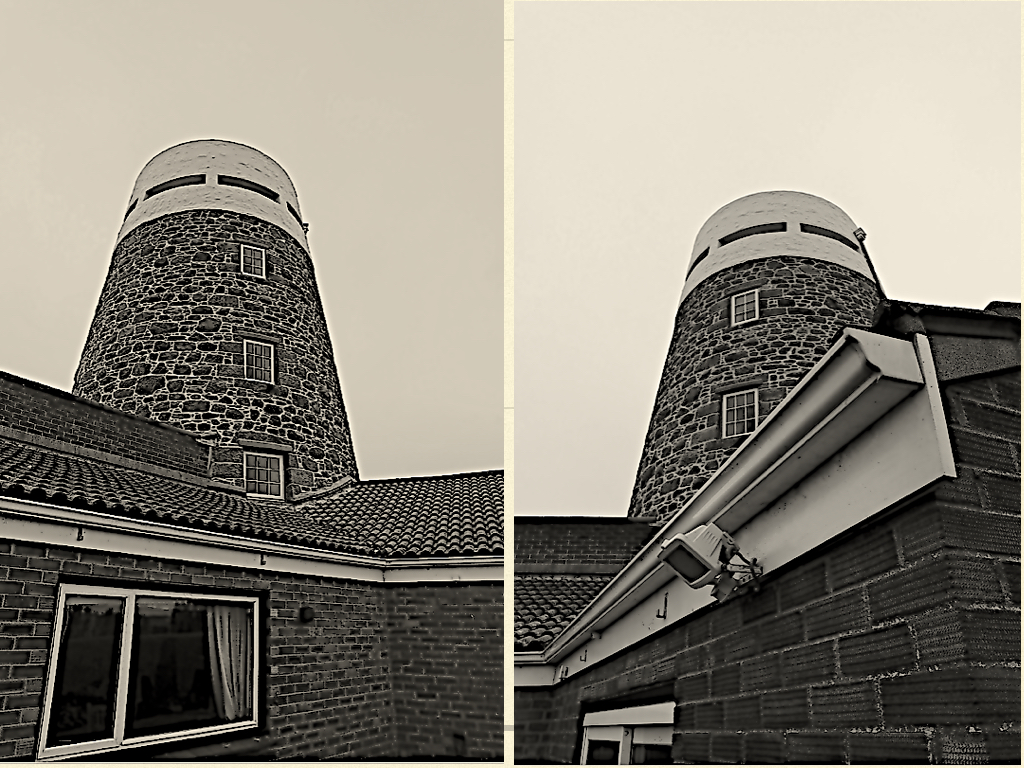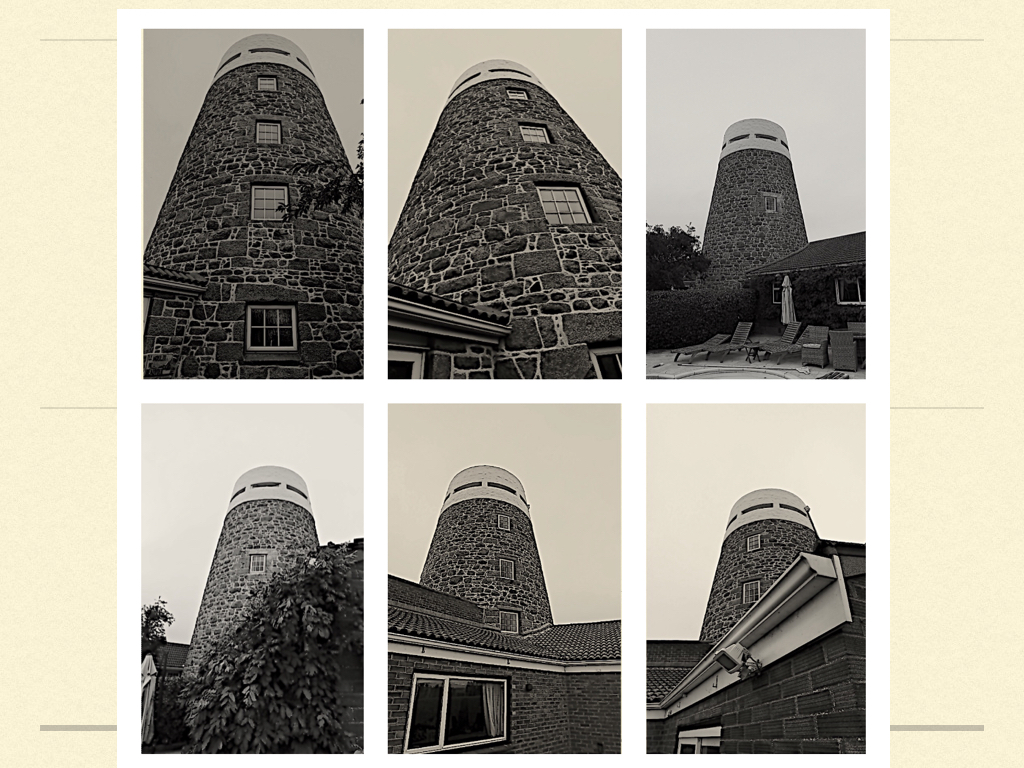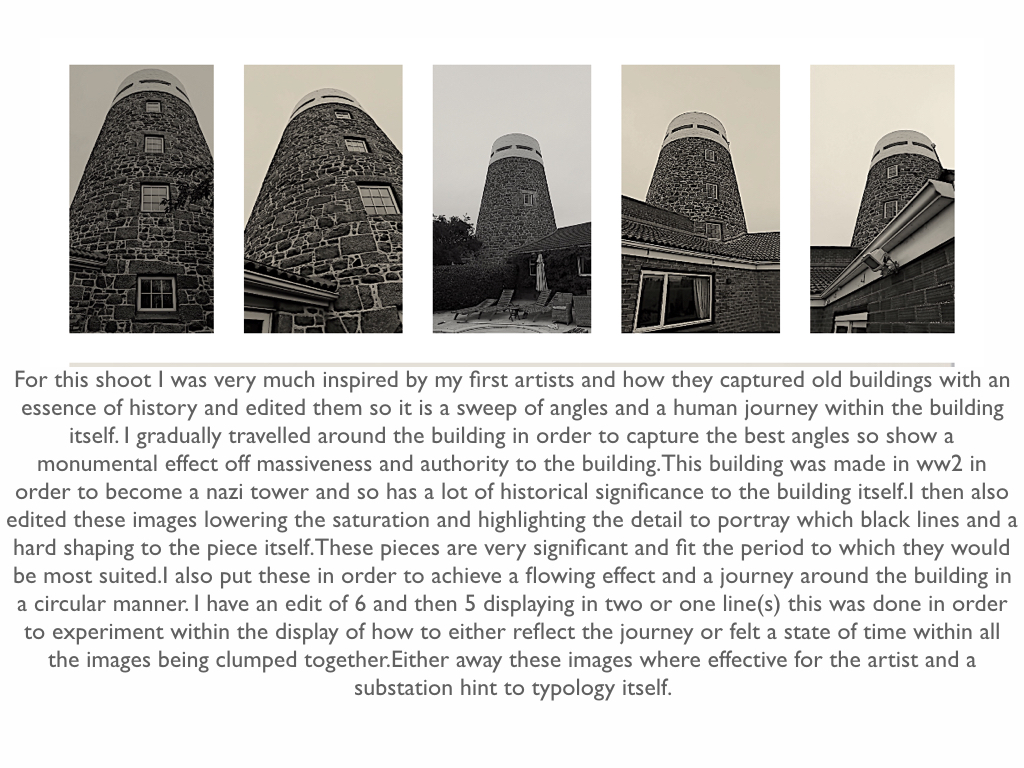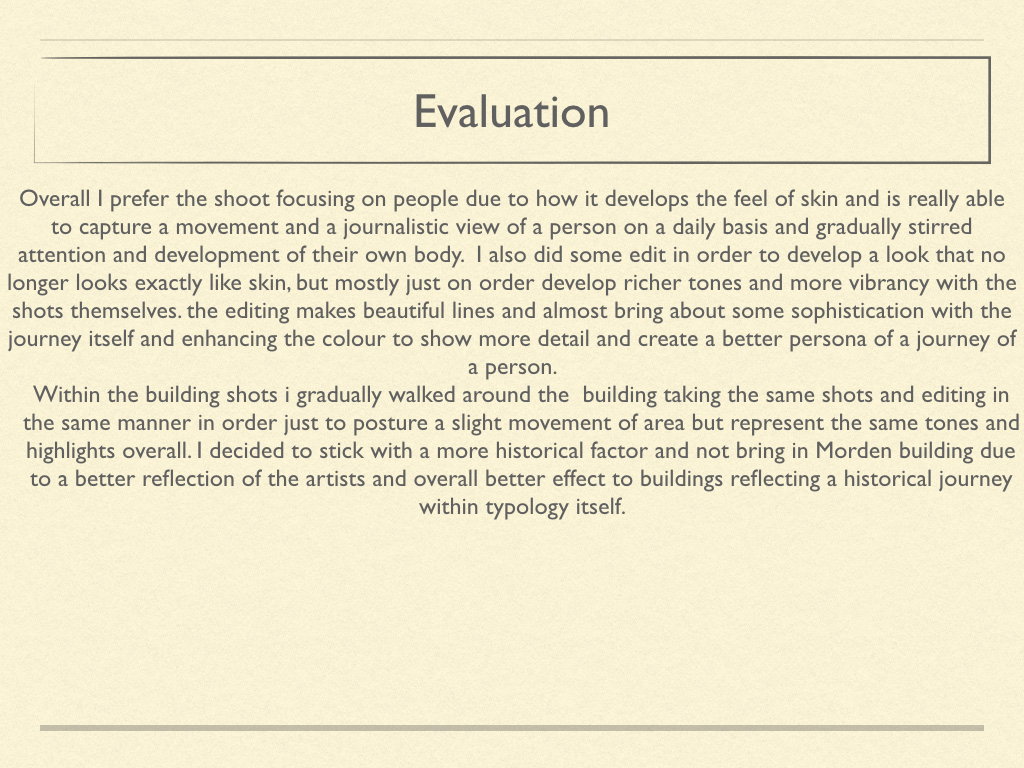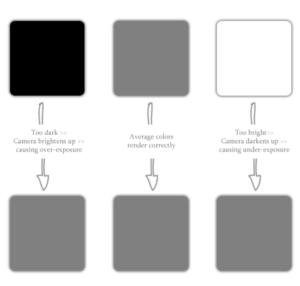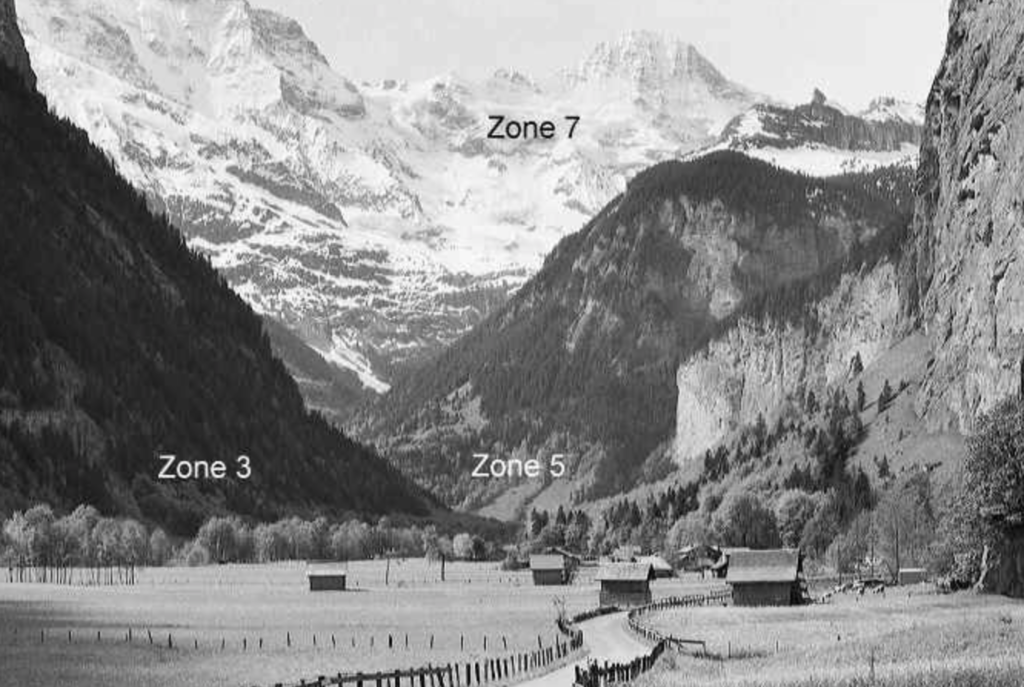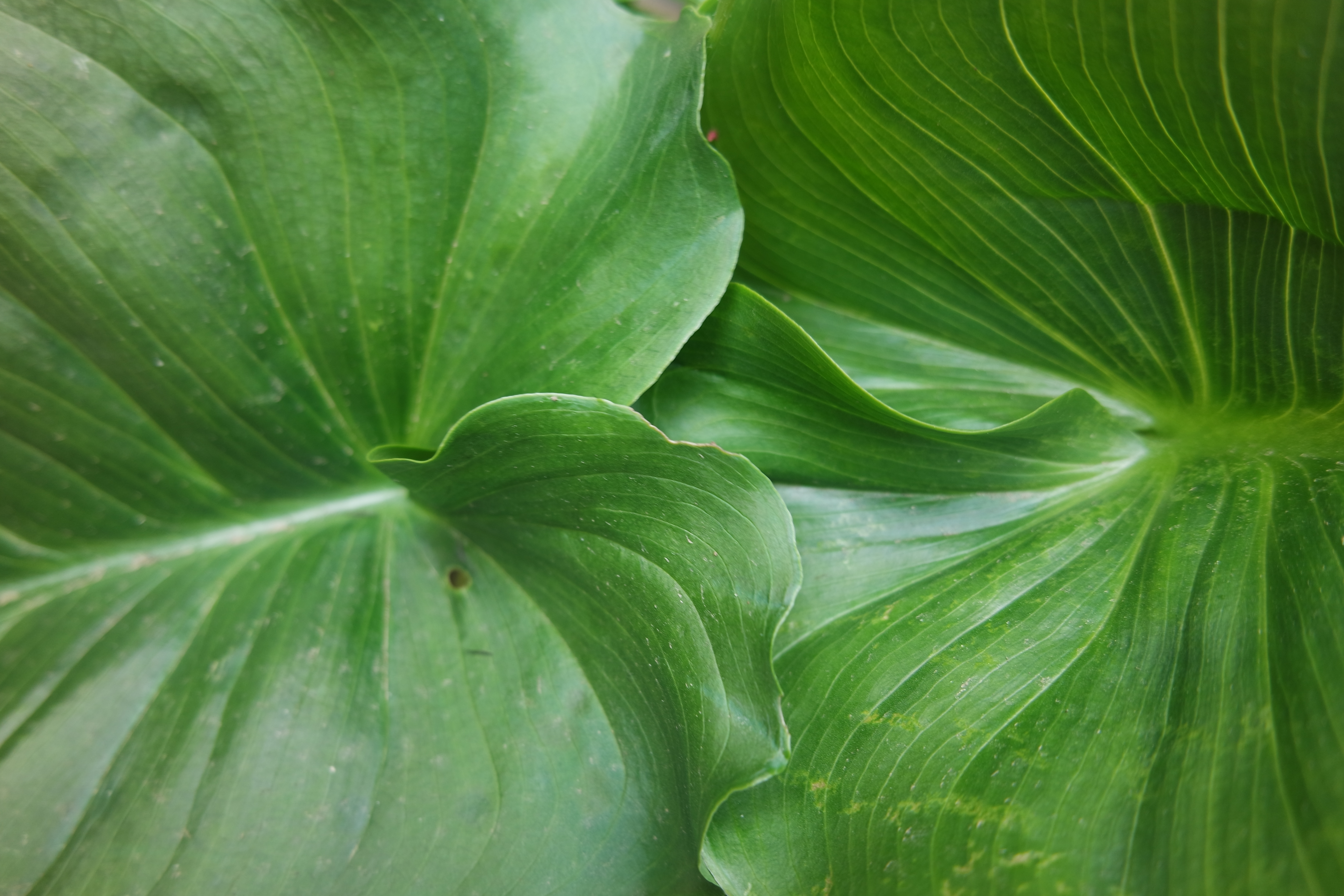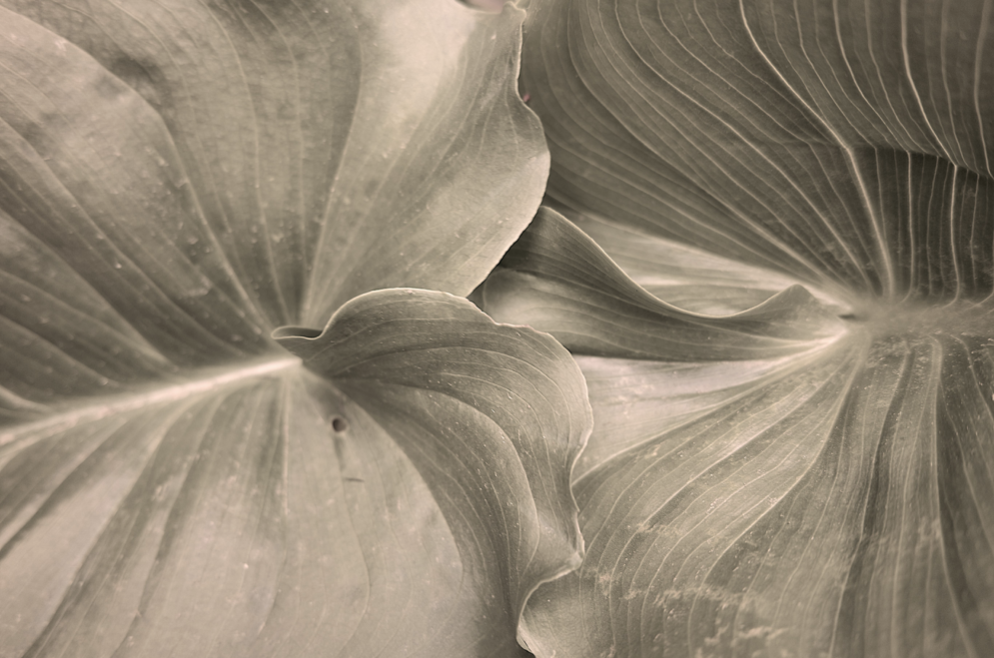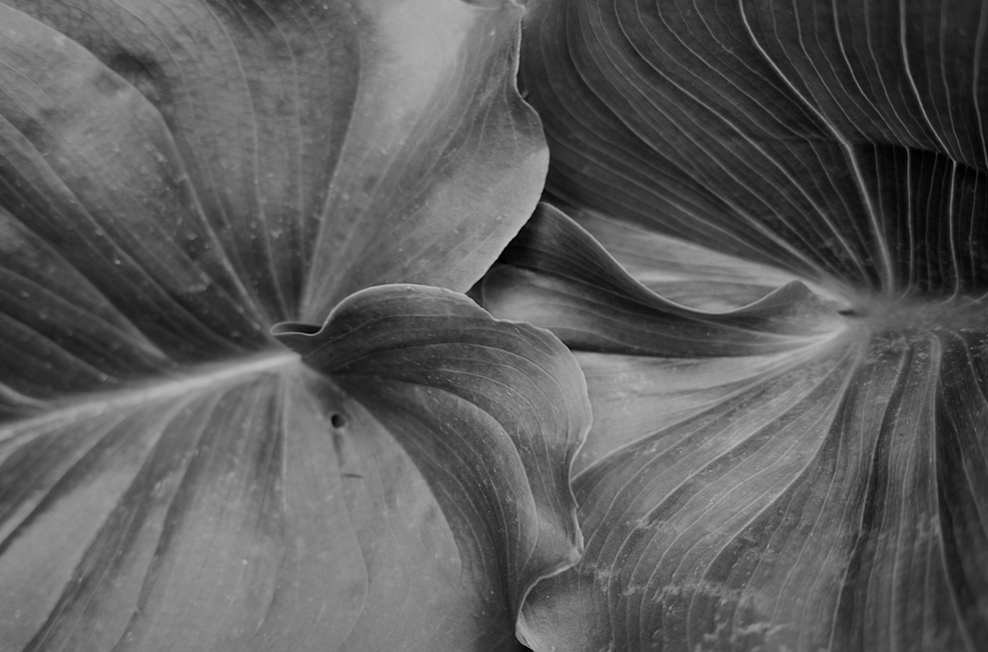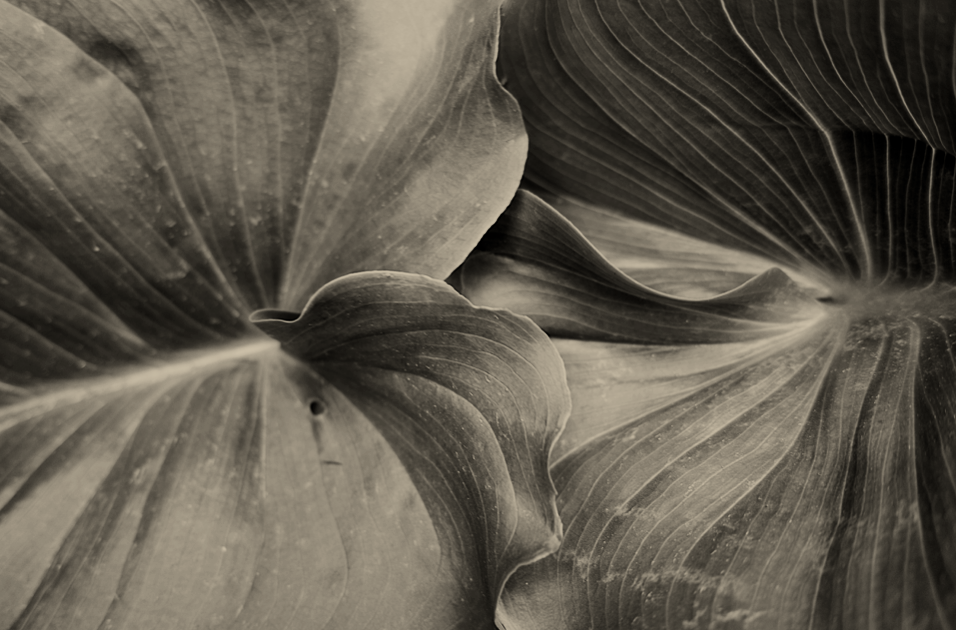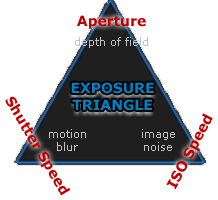Bokeh
That is bokeh?
bokeh is the effect of blurring when lights are alined and portrayed in a close distance manner but are not in focus, it is created by not focusing on the specific image but the light points surrounding the image itself. The official term for it is the visual quality of the out-of-fouous areas of a photograph image, especially as rendered by a particular lens. This is a vey effective quality within photography, this is because it makes an image more visually appealing, forcing to focus our attention on a particular area of interest within an image. The word comes from the meaning ‘bur’ It is almost the quality of being out of quality.
Bokeh is rendered by the lens, not the camera.But different lens will render the outcome differently, due to unique designs apertures also change the effect by making a more pleasant looking bokeh affect.When it is done well it successfully captures our perception on an image an therefore the background blur should appear soft and ‘creamy’
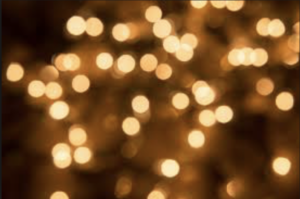
The larger the blades the more rounded and appealing the light itself will looks upping this will achieve a better overall look itself in the image and light.
They do not only have to be nighttime images but daytime with a certain close up focus point and then a bokeh background but different form that of depth of field due to a different softer feel to create a more finished background feel. I took these images again with a higher mm in order to achieve a more crisp circles have two edits to portray how the lighting can change within the image and how this changes the crispness of the image itself.
My experiment with Bokeh
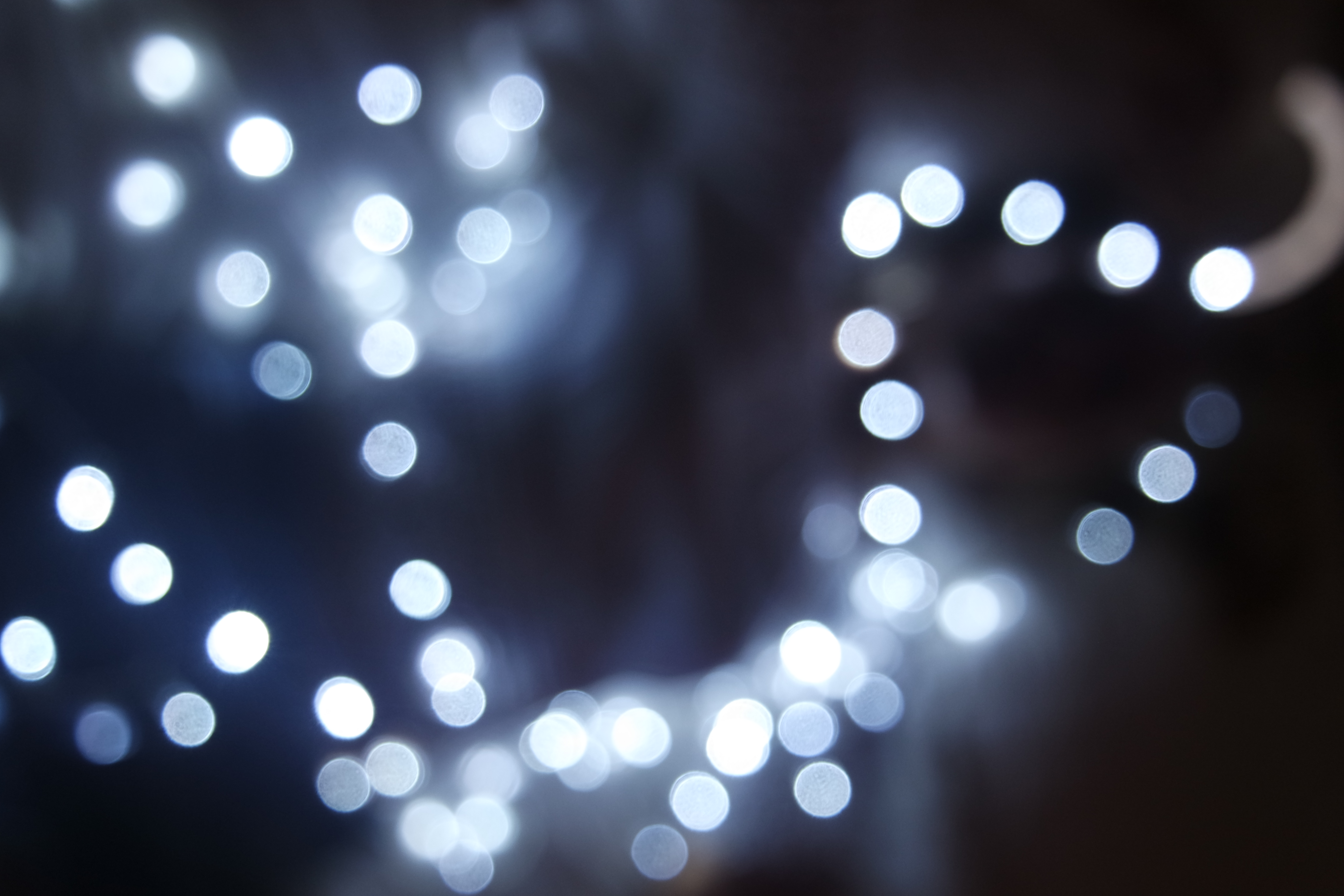
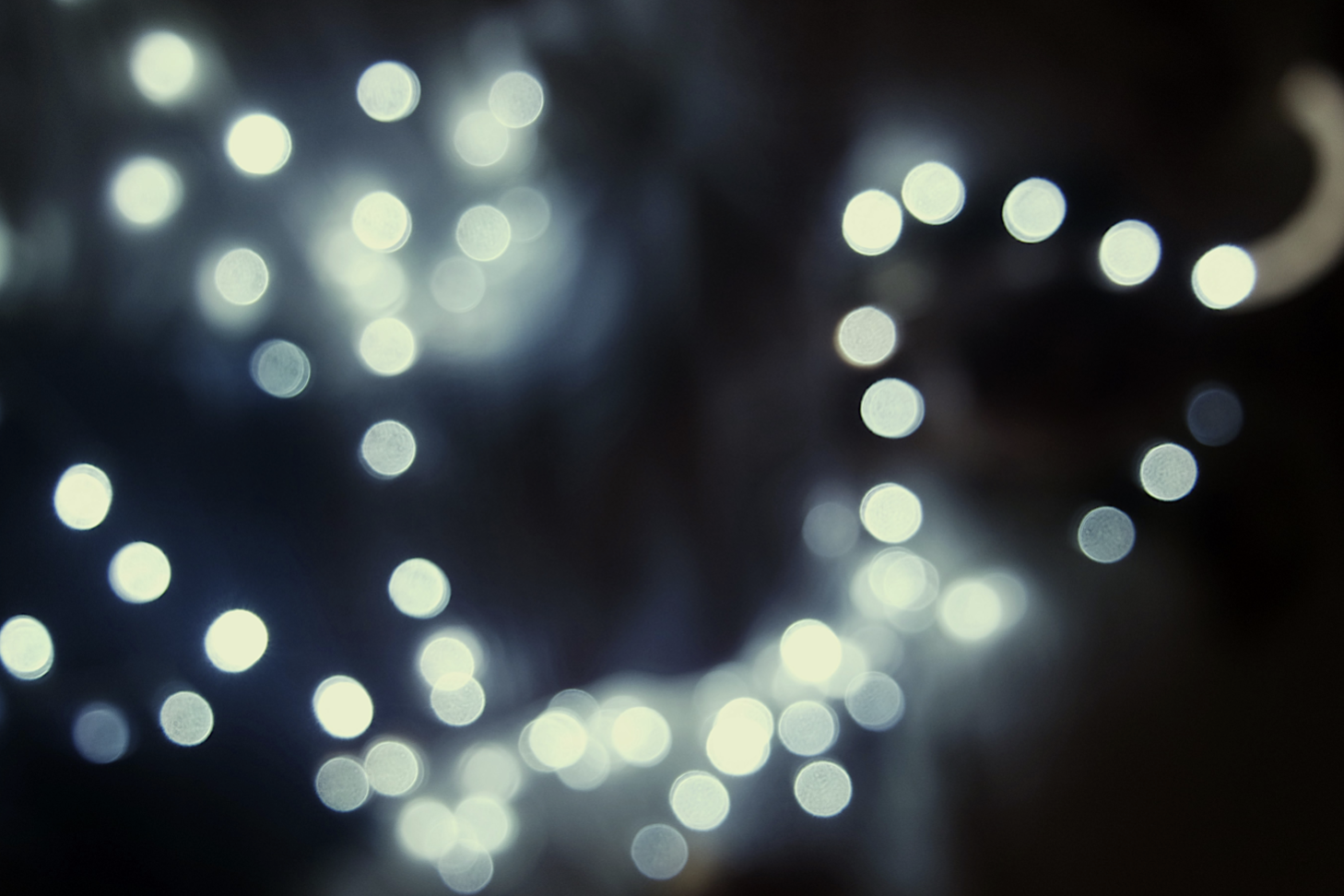

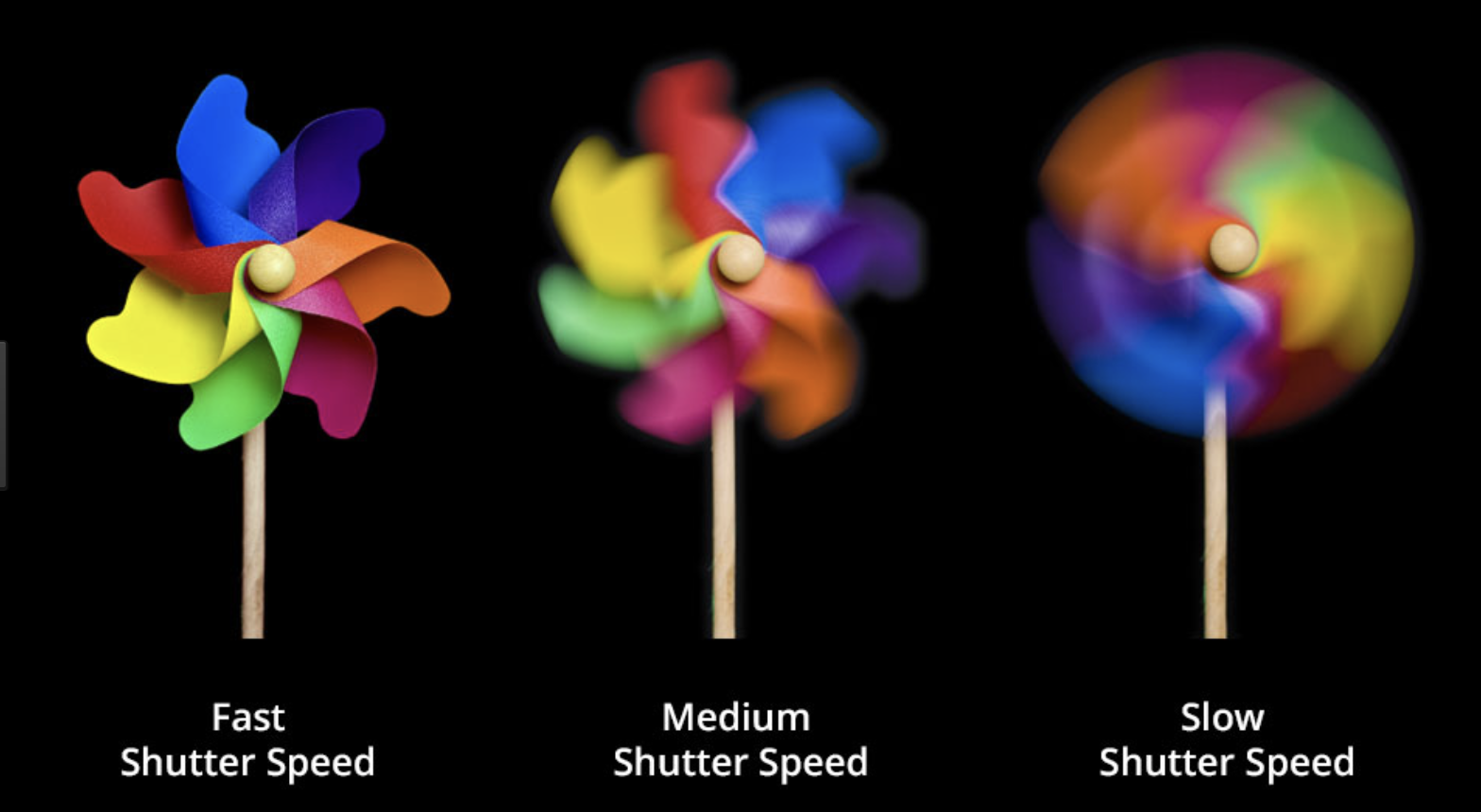

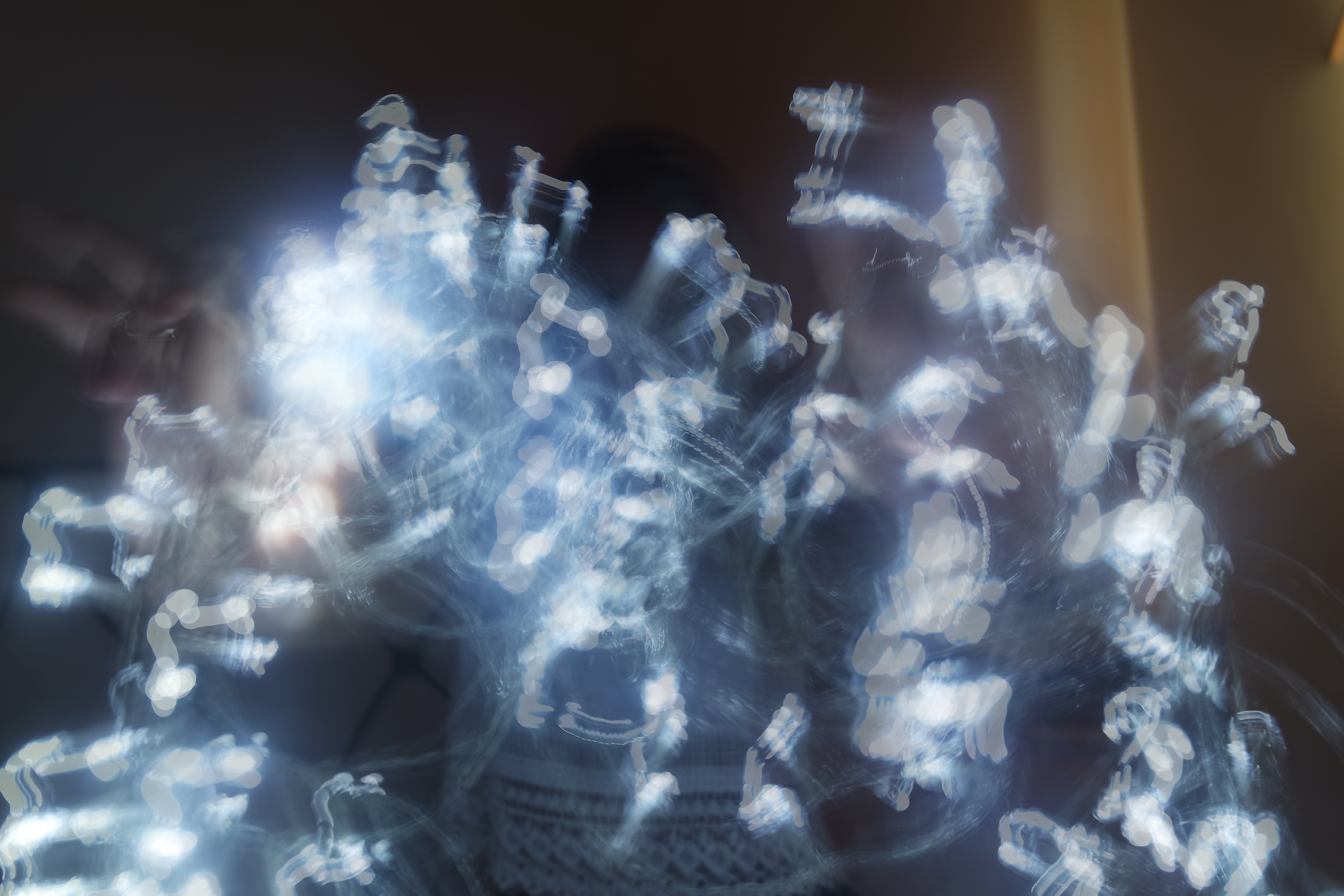 Finally with the third piece I wanted one specific light and a movement in a repetitive pattern such as above with a very long shutter speed to be able to create thew lines and movement within the time before it is captured. It is very interesting as to how the Ines break apart and how some are thicker and more developed due to the overlapping light hole the photo was being captures, it is very experimental but also works with interesting compositions and lines within the shape.I do prefer how the lighter lines at the bottom create a more free effect to the piece itself, and that would also be effective in the next piece.
Finally with the third piece I wanted one specific light and a movement in a repetitive pattern such as above with a very long shutter speed to be able to create thew lines and movement within the time before it is captured. It is very interesting as to how the Ines break apart and how some are thicker and more developed due to the overlapping light hole the photo was being captures, it is very experimental but also works with interesting compositions and lines within the shape.I do prefer how the lighter lines at the bottom create a more free effect to the piece itself, and that would also be effective in the next piece.